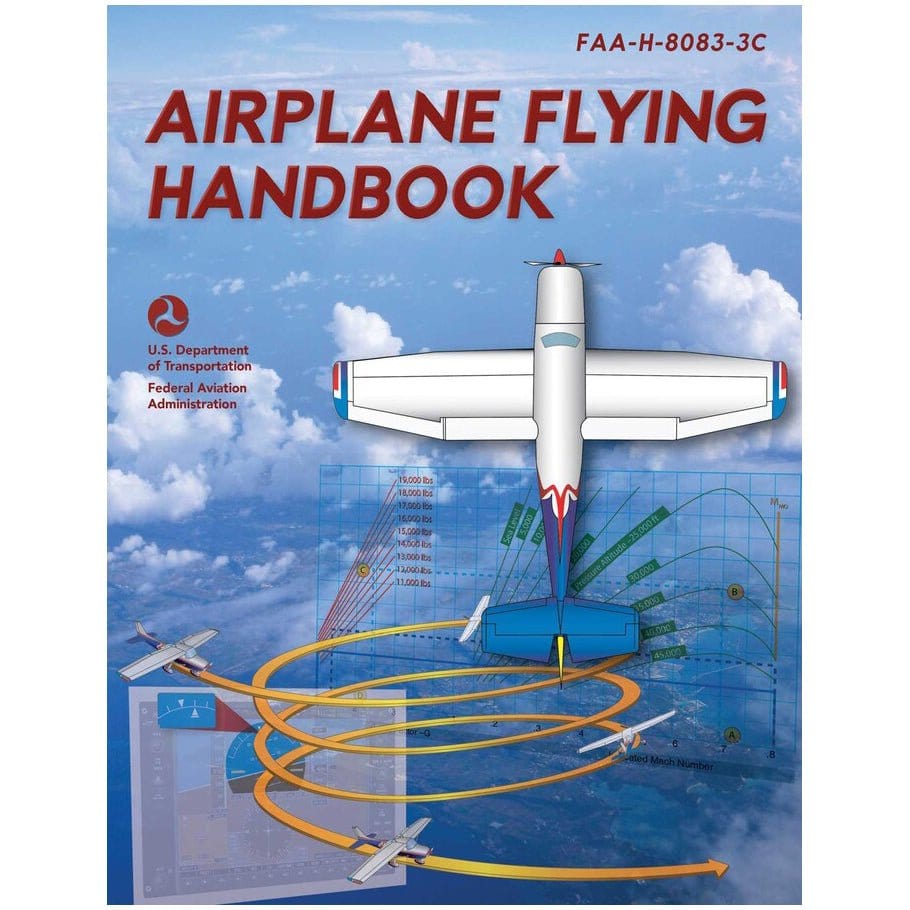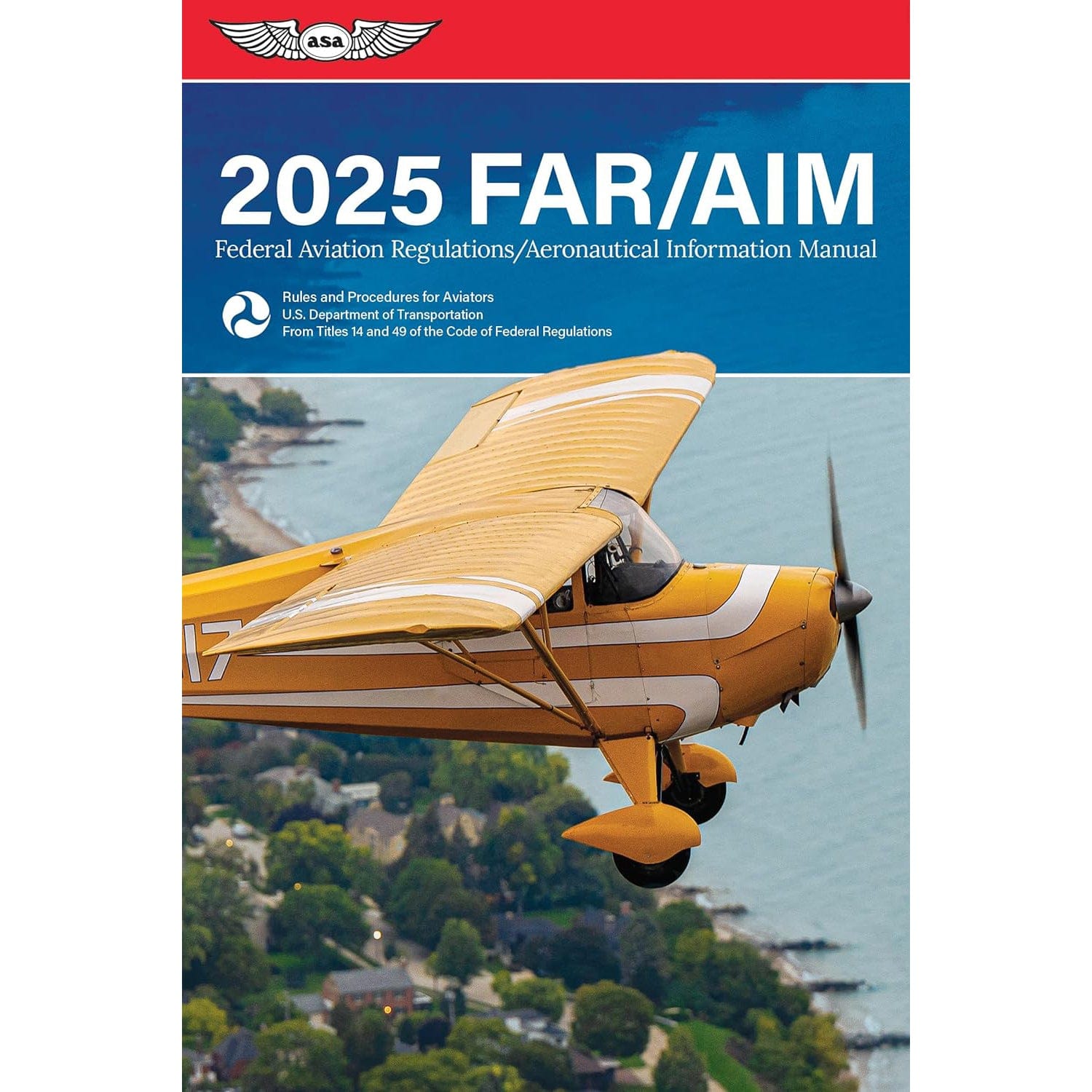El principio de Bernoulli es importante por muchas razones: los aviones no volarían por los cielos, los carburadores no suministrarían combustible tan bien y el icónico tiro en curva de tu jugador de fútbol favorito no se doblaría como lo hace.
El principio de Bernoulli es la piedra angular de cómo la dinámica de fluidos da forma al mundo en el que vivimos. Echemos un vistazo a este principio para entender por qué es tan importante tanto dentro como fuera de la aviación.
RESUMEN
-
El principio de Bernoulli explica cómo están interconectados los cambios de presión y velocidad en un fluido.
-
Es un concepto fundamental para comprender la sustentación, un elemento fundamental del vuelo.
-
Ejemplos cotidianos incluyen el funcionamiento del carburador y la curva de un balón de fútbol.
-
Conocer el principio de Bernoulli le ayudará a comprender el flujo de aire sobre las alas de los aviones.

¿Qué es el principio de Bernoulli?
El principio de Bernoulli recibe su nombre del matemático suizo Daniel Bernoulli, que lo publicó en 1738 en su libro Hidrodinámica. Básicamente, describe la relación entre la presión, la velocidad y la energía potencial en un fluido en movimiento .
Este principio es la base de muchas aplicaciones del mundo real, desde la aviación hasta los procesos industriales.
¿Qué es el principio de Bernoulli en términos simples?
En términos muy simples, el principio de Bernoulli explica que cuando un fluido (como el aire o el agua ) se mueve más rápido (flujo de fluido), crea menos presión. Fácil, ¿verdad?
Otra forma de entender el principio de Bernoulli es a través de la segunda ley del movimiento de Newton. Cuando un fluido fluye desde una zona de alta presión a otra de baja presión, la presión más alta que hay detrás del fluido lo empuja hacia adelante, acelerándolo. Esto crea el equilibrio que describe el principio de Bernoulli.

¿Qué es el efecto Bernoulli?
Esta es una pregunta muy común, pero no es del todo correcta; el término “Efecto Bernoulli” se utiliza a menudo de manera informal para describir los resultados prácticos o fenómenos explicados por el Principio de Bernoulli.
Dinámica de fluidos en acción Cuando un fluido se mueve a través de una restricción, como por ejemplo una tubería que se estrecha, su velocidad aumenta mientras que su presión disminuye.
Este fenómeno, conocido como efecto Venturi , es una demostración tangible del Principio de Bernoulli.
Una analogía con la que te puedes identificar: imagina que el agua fluye a través de una manguera de jardín. Cuando colocas el pulgar parcialmente sobre la boquilla, el agua se acelera y rocía más lejos. Esto sucede porque la presión en la abertura más estrecha disminuye. Esta es una excelente manera de no solo visualizar, sino de demostrar este principio a otra persona.
Ejemplos cotidianos del principio de Bernoulli
-
Experimento de elevación de papel: sople sobre un trozo de papel y este se levantará debido a la menor presión que hay sobre él.
-
Función del carburador: El principio de Bernoulli permite que el combustible y el aire se mezclen para la combustión.
-
Curva del balón de fútbol: girar un balón de fútbol crea una diferencia de presión que hace que se curve en pleno vuelo.

El principio de Bernoulli en la aviación
Hablemos del aire como “fluido” y cómo se aplica a la aviación.
Es posible que te sientas confundido cuando escuchas que se describe el aire como un “fluido”. La palabra en sí misma te hace pensar en un líquido.
Al igual que otros gases, el aire actúa como un fluido porque puede adaptarse a la forma del recipiente que lo contiene. A diferencia de los sólidos, los fluidos tienen poca resistencia cuando se los somete a tensión, que está determinada por su viscosidad, la medida de la facilidad con la que un fluido puede fluir.
Al igual que los líquidos en los recipientes, los fluidos pueden moverse y llenar cualquier espacio disponible. Aunque el aire es menos denso que los líquidos, aún muestra estas cualidades. Saber que el aire se comporta como un fluido es importante para los principios que sustentan el vuelo.
Una de las aplicaciones más importantes del Principio de Bernoulli es en la aviación, generalmente en la generación de sustentación para un avión.
La sustentación se produce porque la forma del ala de un avión, o perfil aerodinámico, hace que el aire se desplace más rápido sobre la superficie superior que por debajo. Esta diferencia de velocidad da como resultado una presión menor sobre el ala y una presión mayor por debajo, lo que crea una fuerza ascendente.

Cómo funciona en la aviación
Un perfil aerodinámico tiene una forma específica para generar sustentación a medida que el aire pasa a su lado. El aire reacciona de manera diferente bajo distintas presiones y velocidades, pero para los pilotos, la atención se centra en cómo están diseñados los perfiles aerodinámicos (al igual que las alas) para crear sustentación.
Una mirada más de cerca a una sección transversal de un perfil aerodinámico típico revela características clave.
La superficie superior del perfil aerodinámico tiene una curvatura más pronunciada , o comba , en comparación con la superficie inferior más plana.
Esta diferencia de curvatura ayuda a mejorar la producción. Los extremos del perfil aerodinámico tienen formas distintas: el borde de ataque redondeado mira hacia adelante durante el vuelo, mientras que el borde de salida se estrecha hasta formar una punta estrecha. Estos elementos de diseño trabajan juntos para influir en la forma en que el aire fluye alrededor del perfil aerodinámico.
-
Diseño aerodinámico: la superficie superior curvada de un ala aumenta la velocidad del aire, reduciendo la presión.
-
Diferencia de presión: este desequilibrio genera sustentación, contrarrestando la gravedad.
-
Eficiencia y seguridad: Los ingenieros optimizan los diseños de alas basándose en el Principio de Bernoulli para mejorar el rendimiento y garantizar la estabilidad.
Ideas erróneas sobre el ascensor
Es un mito común que la sustentación se debe únicamente al principio de Bernoulli. Es cierto que definitivamente tiene un papel importante, pero también interviene la tercera ley de Newton (fuerzas de acción y reacción). En conjunto, estos principios proporcionan el conocimiento completo de cómo las aeronaves pueden lograr y mantener el vuelo.
Aplicaciones más allá de la aviación
El principio de Bernoulli no se limita únicamente al vuelo, sino que su influencia se extiende a diversos campos.
Sistemas meteorológicos
El principio ayuda a explicar la formación de tornados, donde el aire que gira rápidamente crea zonas de baja presión que intensifican la tormenta.
Procesos industriales
Los medidores Venturi, que miden el caudal del fluido, se basan en las diferencias de presión descritas por el principio.
Aplicaciones médicas
Las máscaras Venturi, utilizadas en la terapia de oxígeno, utilizan este principio para regular el flujo de aire y proporcionar niveles precisos de oxígeno a los pacientes.

Preguntas frecuentes
-
¿Qué es el principio de Bernoulli del flujo de aire? Describe la relación inversa entre la presión y la velocidad en el flujo de un fluido en movimiento.
-
¿Cómo explica el principio de Bernoulli la sustentación? El aire más rápido sobre un ala reduce la presión, lo que crea una fuerza ascendente.
-
¿Puedes darme un ejemplo sencillo del efecto Bernoulli? Al soplar sobre un trozo de papel, este se eleva debido a la menor presión que hay sobre él.
-
¿Cuáles son las limitaciones del principio de Bernoulli? No tiene en cuenta todas las fuerzas, como la fricción o la turbulencia.
-
¿Cómo se aplica el principio de Bernoulli a campos distintos de la aviación? Se utiliza en análisis meteorológicos, diseño industrial y dispositivos médicos.
-
¿Cuál es la relación entre el principio de Bernoulli y la turbulencia? La turbulencia altera el flujo uniforme de los fluidos, lo que reduce la previsibilidad de los cambios de presión y velocidad.
Llevar
Lo que hace que el Principio de Bernoulli sea tan interesante es su simplicidad y la forma en que explica tantos fenómenos fascinantes del mundo real. Conecta la velocidad y la presión en un fluido en movimiento, y esta sencilla relación nos permite comprender mejor cómo funcionan las cosas en nuestra vida cotidiana.
Aquí hay algunas razones por las que es tan intrigante:
-
Hace volar los aviones.
-
Está en todas partes a nuestro alrededor.
-
Es ingeniosamente simple.
-
Explica los misterios de la naturaleza.
-
Es un puente entre la ciencia y la ingeniería.
Este principio es interesante porque toma una idea sencilla y la aplica a algunos de los aspectos más apasionantes e importantes de la vida. ¡Sigue aprendiendo y creciendo en conocimiento!
¿Interesado en más ciencia de la aviación?
¡Nuestras guías están diseñadas para ayudar!
-
Comba del perfil aerodinámico: su efecto sobre la aerodinámica Cómo genera sustentación
-
Cómo funcionan los planeadores: qué los mantiene en el aire (guía completa)
-
¿Cómo vuelan los helicópteros? (Explicación de la aerodinámica)
¿Le resultó útil este artículo?
¿Crees que nos hemos olvidado de alguna pregunta importante de la entrevista? ¡Cuéntanoslo en los comentarios a continuación!







